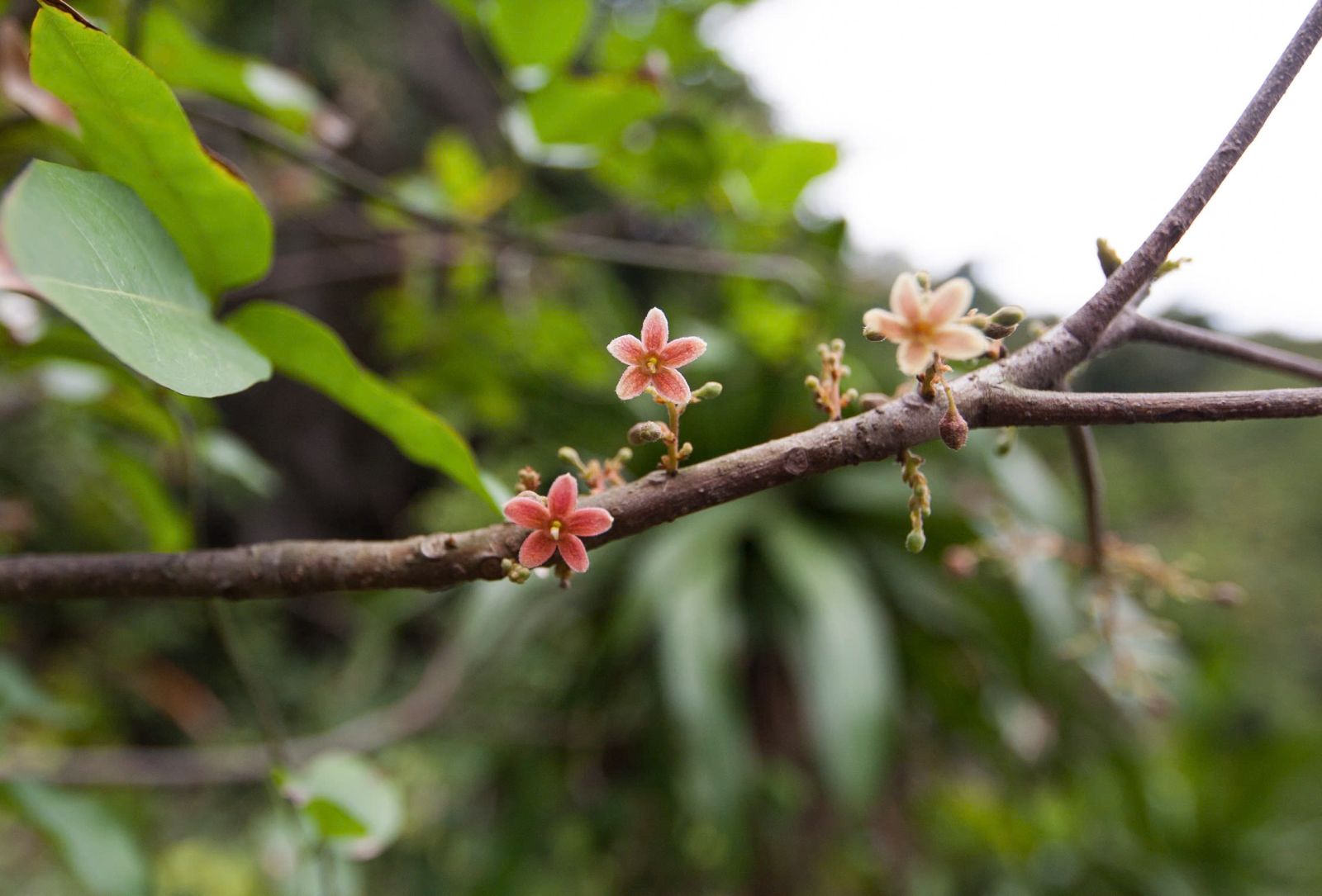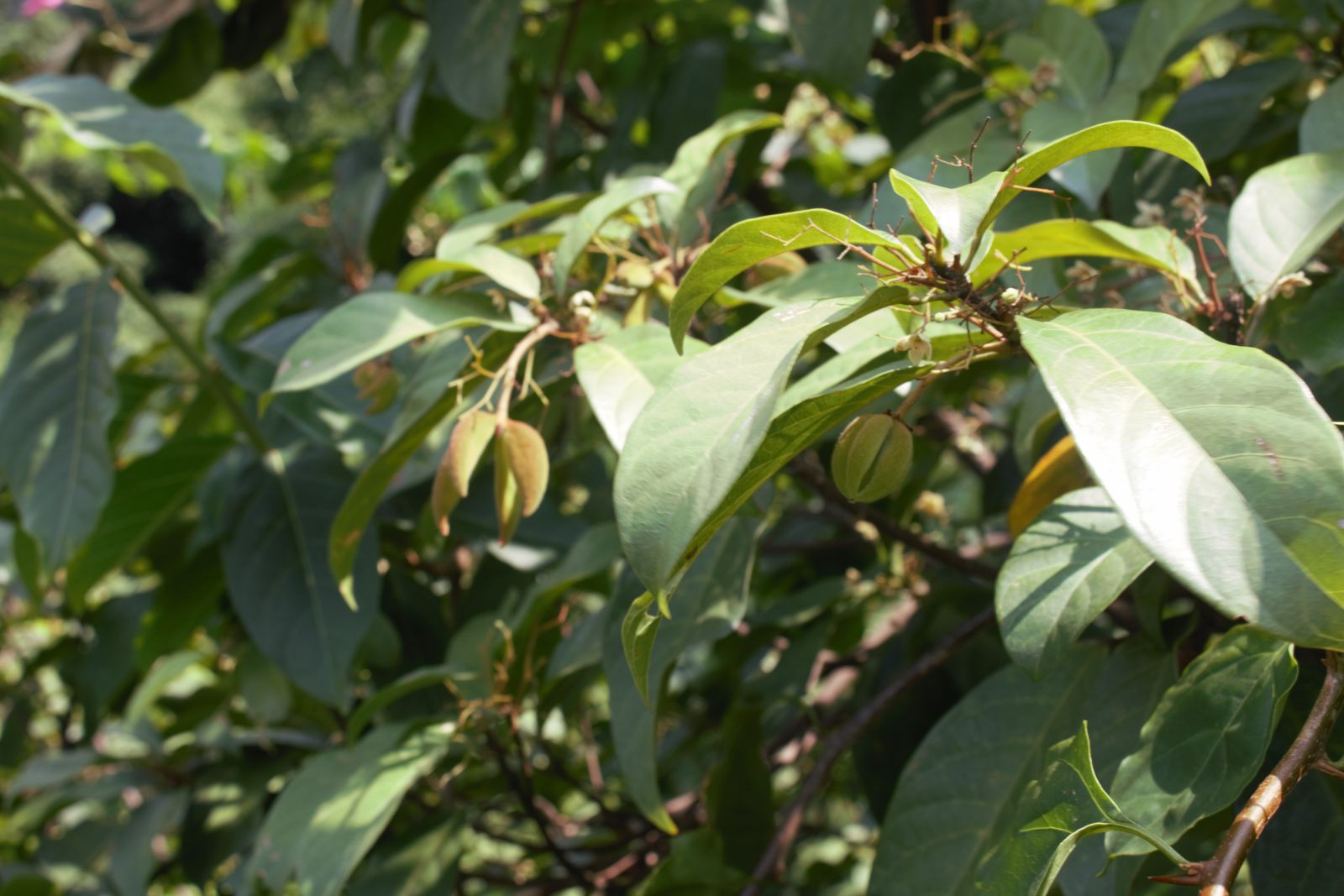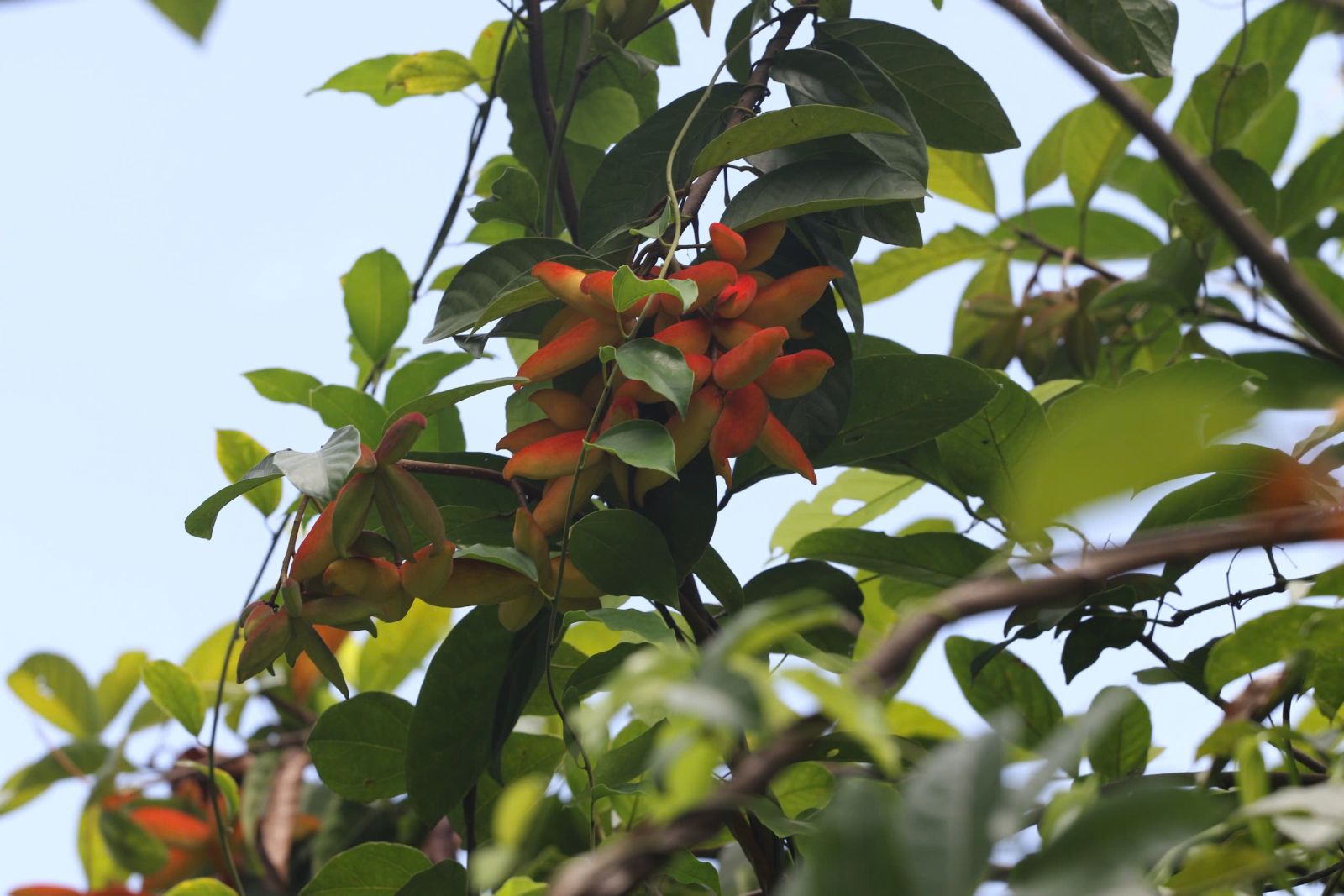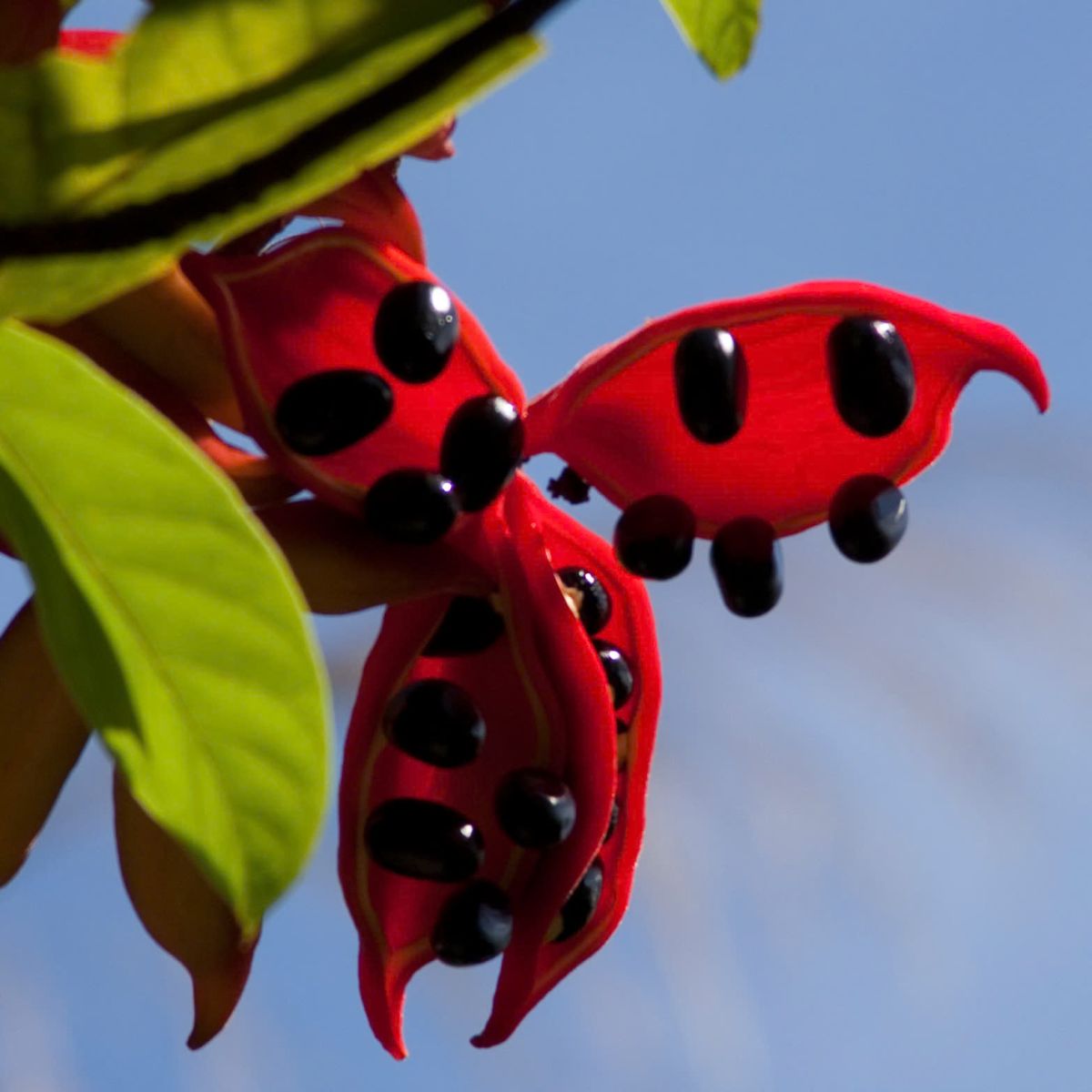The "Thang Thang" Tree presents in the heart of Ha Long Bay
Every early summer, across the rocky islands of Ha Long Bay, such as Đầu Gỗ, Soi Sim, Bồ Hòn, Vông Viêng, Trà Sản, and Cống Đỏ-the hillsides come alive as Thang Thang trees (also known locally as Sảng) begin a new season of budding and blossoming. These vibrant bursts of foliage and colorful fruit bring a fresh, lively energy to the heart of this natural heritage site.
The Thang Thang tree, scientifically part of the Sterculiaceae family, is a medium-sized hardwood tree that typically grows between 3 to 10 meters tall. Its flowering season spans from March to July, followed by a fruiting season from April to October. A striking feature of this tree is its star-shaped fruit clusters. When ripe, the fruit turns a vivid red, covered in a velvet-like fuzz, and splits open to reveal jet-black seeds that contrast beautifully against the bright red shells.

By late February, the Thang Thang tree begins to bloom, with flowers sprouting directly from its trunk or at the tips of its branches.
 |  |
Around April to May, the flowers begin to set fruit. Clusters of young fruits gradually unfold into star-like shapes, slowly ripening into a rich red hue.
 |  |
In late summer, from July to October, the clusters of Thang Thang fruit begin to ripen into a deep red, splitting open to reveal their seeds, creating a truly unique and beautiful scene.
The seeds of the Thang Thang fruit contain starch and can be eaten, offering a rich, creamy taste. The bark of the Thang Thang tree can be used to treat boils and swelling.
Translated by Thuy Ha
